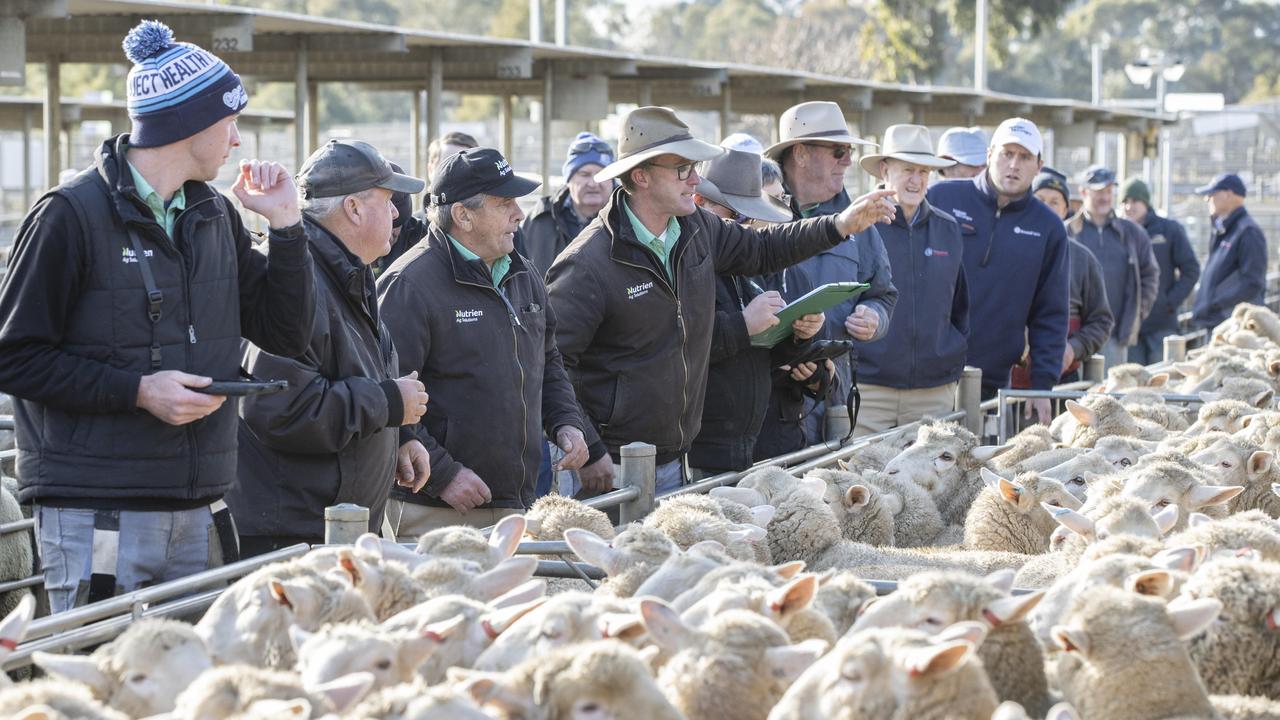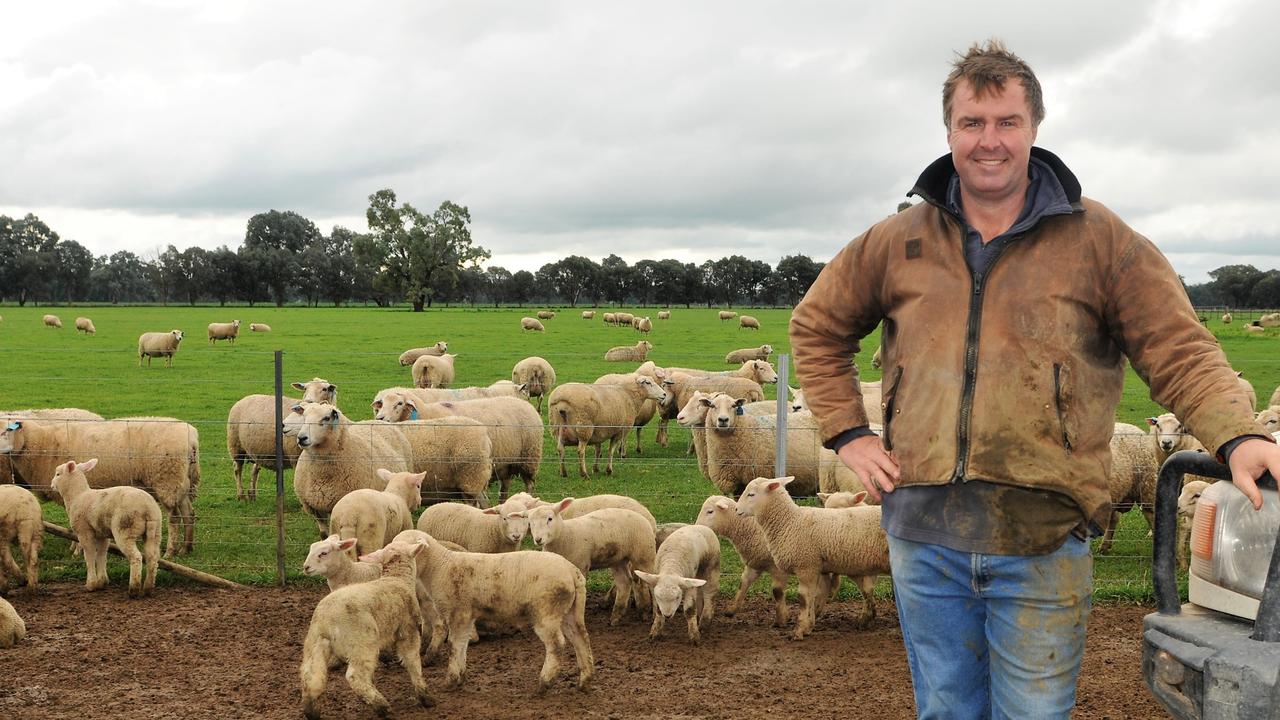Meat and Livestock Australia: Lower domestic beef eaten due to higher retail prices
Aussies are buying less red meat, but paying more as a proportion of their shop, and less for chicken. We look at the trends.

Global demand is driving up cattle prices but on the home front, beef is increasingly off the menu.
While the volume of what consumers are eating may be down, industry research, development and marketing group Meat and Livestock Australia is keen to point out consumers are still willing to spend more money on beef, per kilogram as a proportion of their shopping.
And, they are dishing out less cash for cheaper proteins, like chicken.
Data recently released from MLA’s cattle projections forecast shows that while beef remains a primary protein source for Australians, higher retail prices have seen domestic sales fall.
Lamb consumption is also falling, despite retail pricing on this product only slightly increasing.

In the third quarter of last year, beef retail prices had swollen 11 per cent, compared to only a 1 per cent lift for lamb, while chicken and pork prices dropped by 0.4 per cent.
At the same time beef consumption dropped 11 per cent and lamb eased 6 per cent.
Serious consumption growth was noted for chicken and pork, lifting 9 per cent and 23 per cent, respectively.
However, MLA reported that the ongoing beef price increase offset the decline in volume and continues to drive value growth.
MLA strategy manager Scott Cameron said the results were “consistent with the longer-term trend of consumers spending more on red meat for less volume”.
This was good news, he said, and beef and lamb were “performing extremely well”, as consumers chose to spend a total of 3.5 per cent more on beef for the quarter, compared to the year prior, where they spent -1.4 per cent less.
Mr Cameron said despite volume decline in consumption, beef remained the “largest animal protein type ranked by value in Australian retail outlets” and internationally, Australia remained one of the world’s largest consumers of beef.
“It’s expected future Australian population increases, along with income and macroeconomic growth, will continue to support firm demand for beef in the long term,” he said.
Mr Cameron said retail pricing was just one factor that influenced beef consumption; it was also influenced by demographic shifts and changes in attitudes and beliefs towards food.
Covid-19 had also significantly disrupted the market.
“Consumer demand for beef is expected to remain strong as Australia moves to its post-pandemic ‘new normal’, the economy rebuilds and food service resumes normal activity,” he said.
“MLA continues to invest in targeted initiatives that support the ongoing demand for Australian beef, ensuring Australian consumers are aware of the nutritional properties of beef and its essential role in a healthy diet.”





